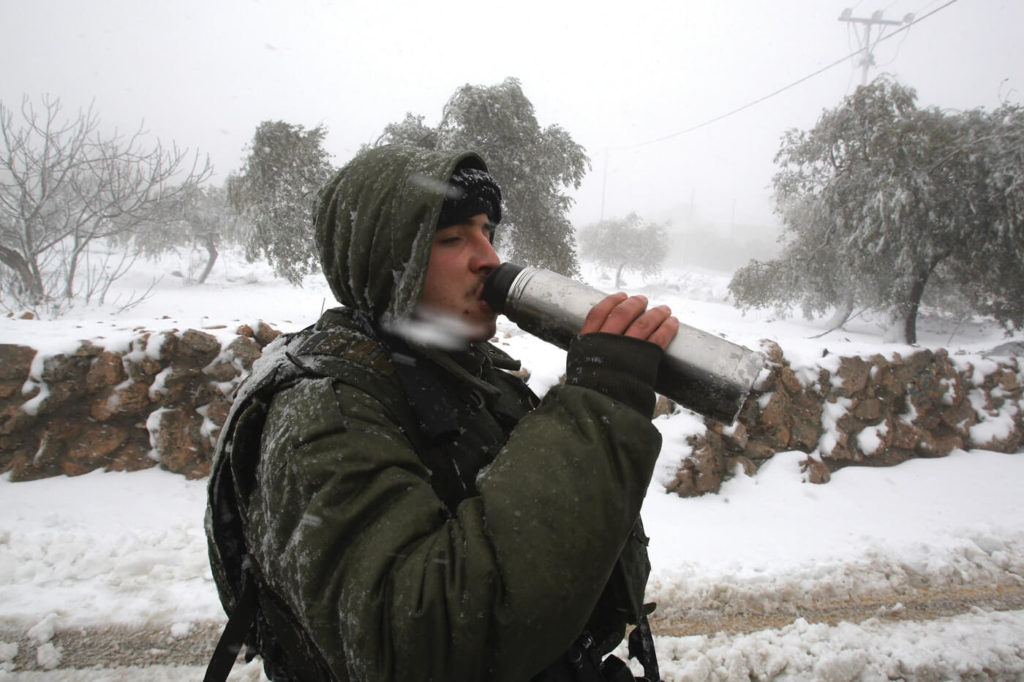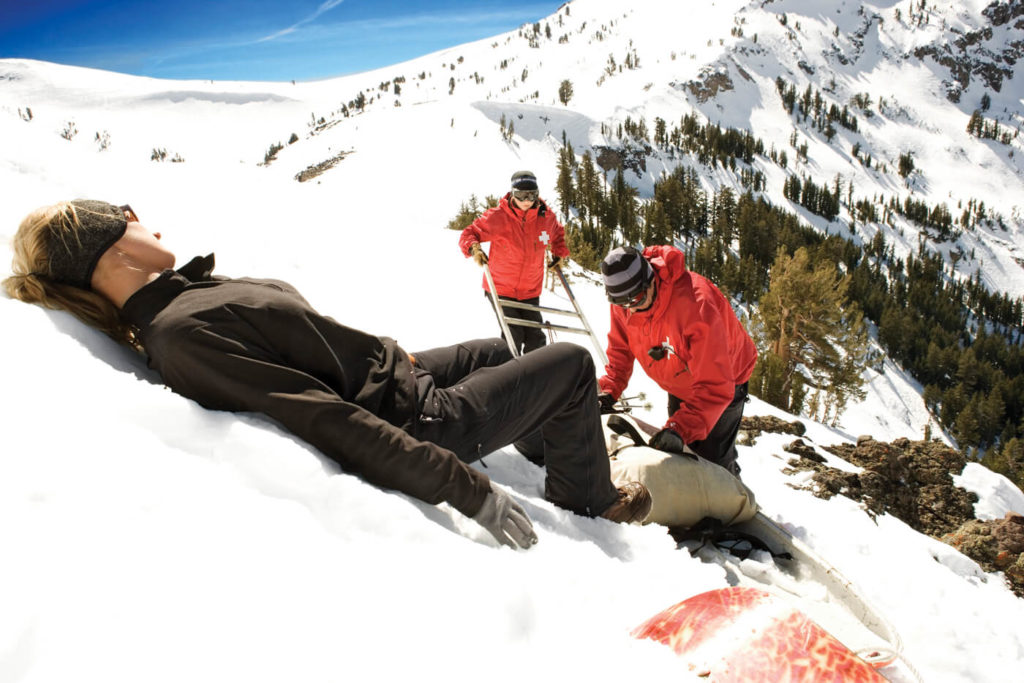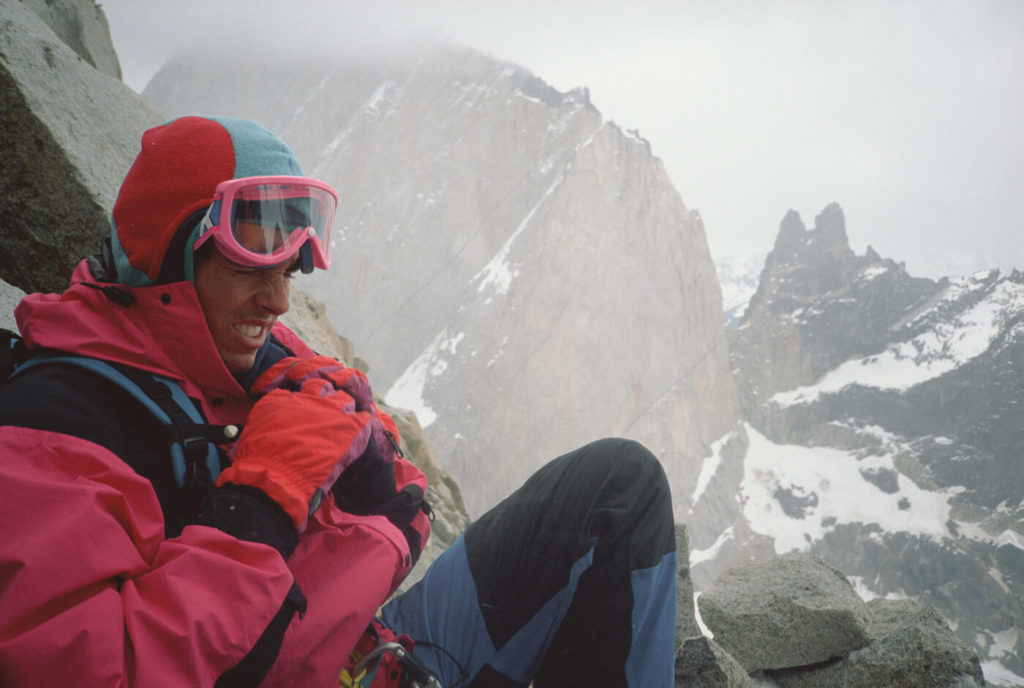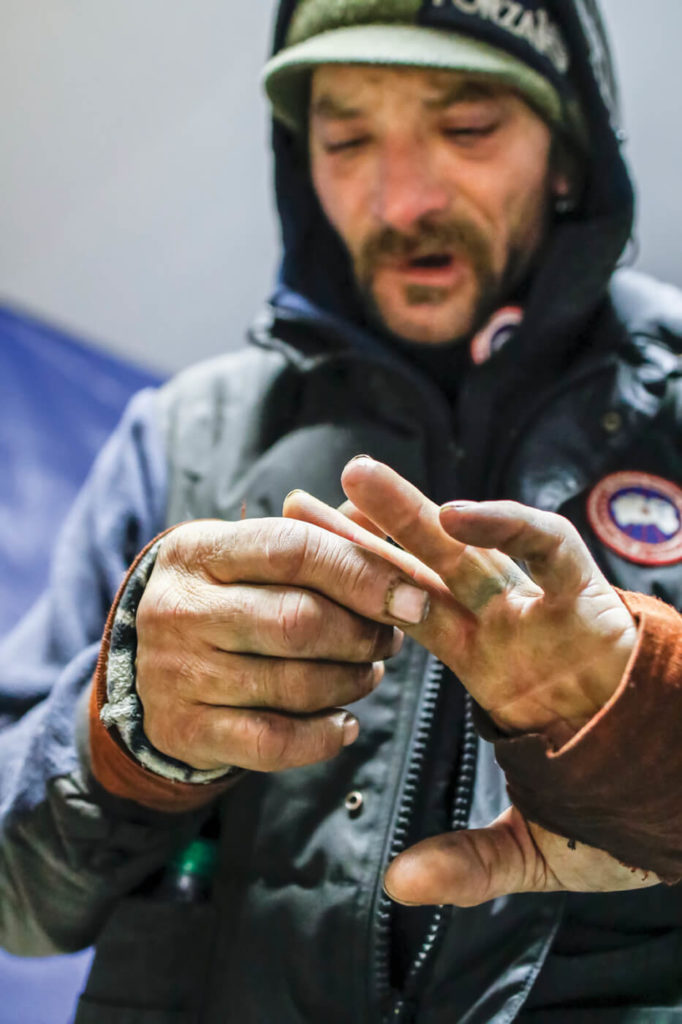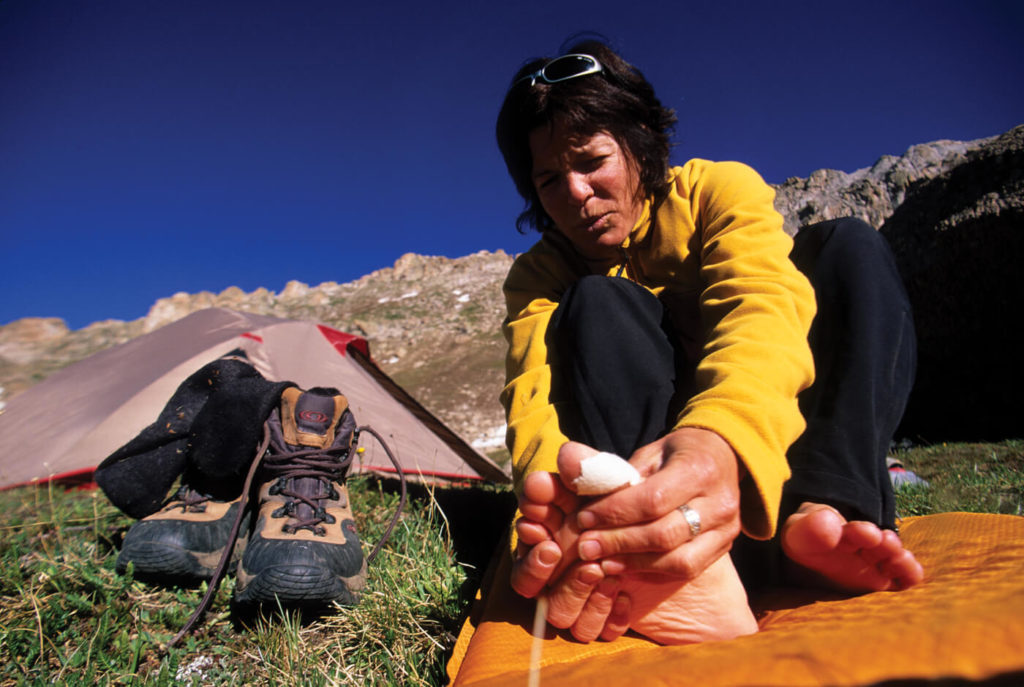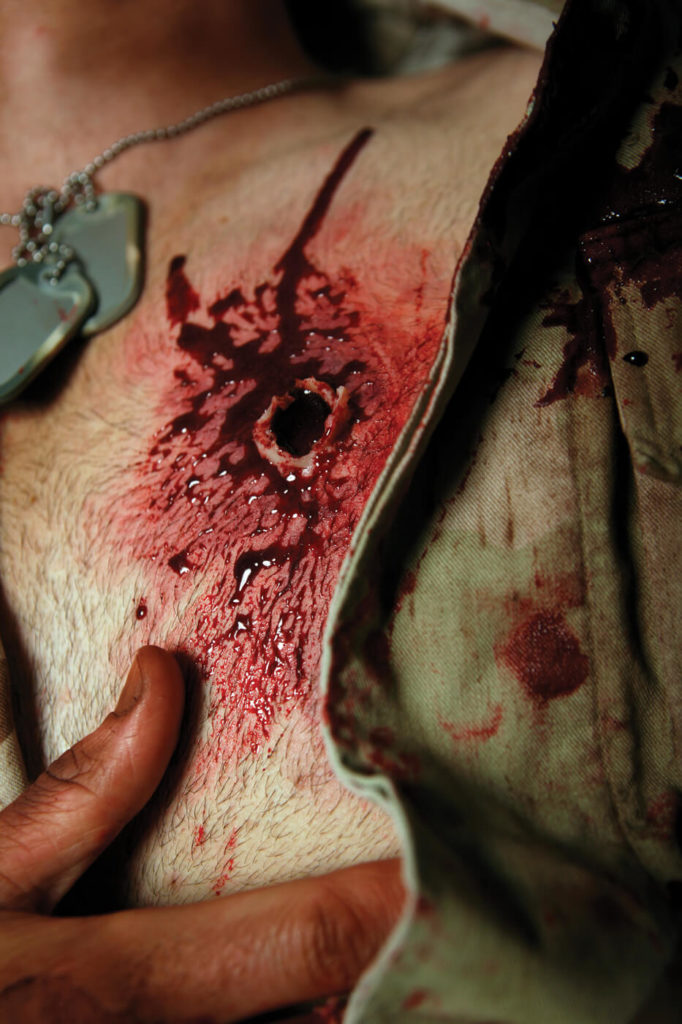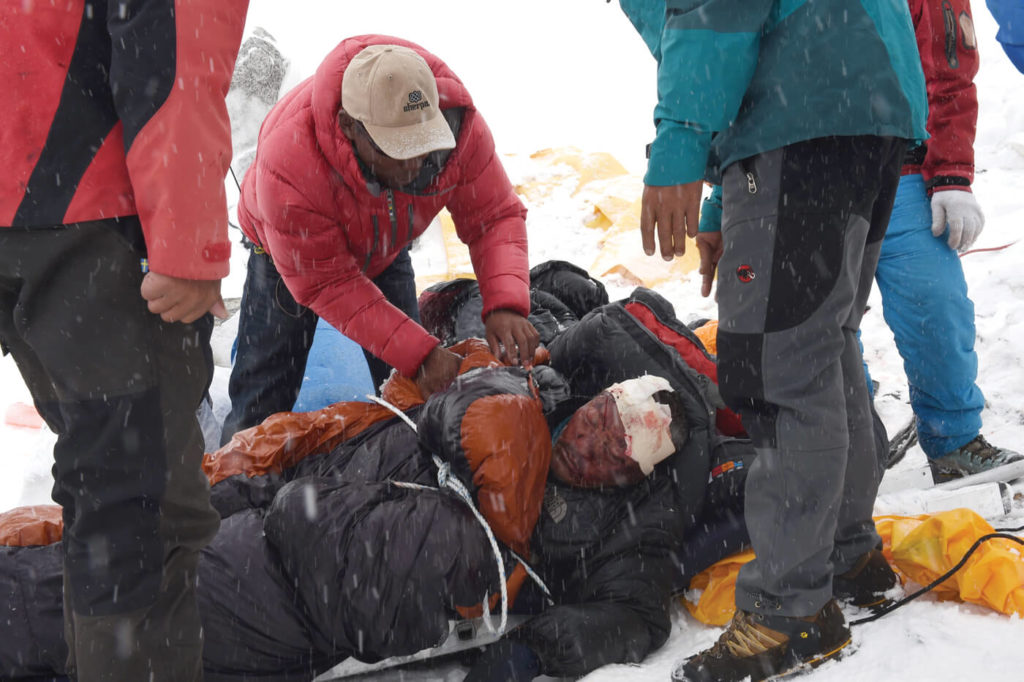First Responder: Practical First-Aid Tips
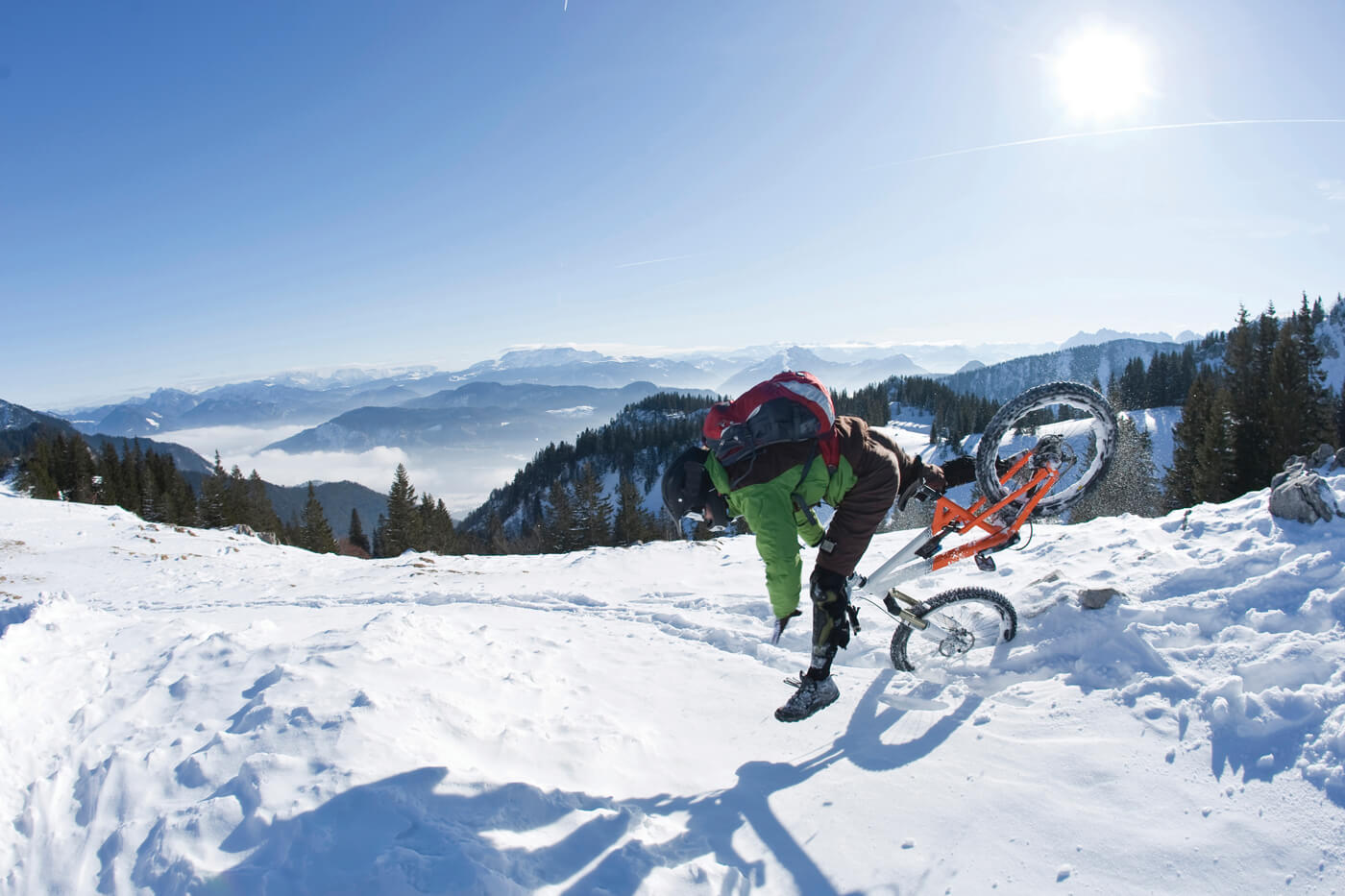
S—t happens. You know that. Whether you’re into outdoor recreation, hunting, sports, or even if you’re concerned about violent events that can happen during your daily routine, you need to be prepared. A little first aid can go a long way.
Whether you’re preparing to deal with major trauma, or ailments due to a cold, understanding the following first-aid tips can help give you a better chance at survival. As always, when it comes to first aid or other medical-related advice, it’s best to consult a trained professional.
Conquer Old Man Winter
Common Ailments, Comprehensive Solutions for Old Man Winter’s Wrath
Winter is just around the corner, and you know Old Man Winter is a bastard. So, don’t let him spoil your fun. Following are five winter-related conditions to recognize, their symptoms and tips on how to beat them before first aid is needed.
[divider]Three Dangerous Fallacies[/divider]
Myths and folk knowledge that you need to ignore. The following are not only false but dangerous.
A drink of alcohol will warm you up.
Alcohol will not make your body warmer; it will only make you feel warmer. It expands the blood vessels and contributes to more rapid heat loss. If you are already fighting the cold weather, alcohol will only worsen the problem.
Rub your hands together if you get frostbite.
Rubbing frostbitten (dying) skin tissue can cause damage that cannot be repaired after the skin thaws out. Instead, on should gradually rewarm, using body heat, warm water or air.
Sleeping in extra clothing will warm you up faster.
In reality, the less you have on in bed or in your sleeping bag, the faster you will warm up. If you wear extra clothing, you are only heating up the air in the clothing, and between the clothing and your body, which will not produce much heat. Having a greater surface area of skin exposed to the air in your sleeping bag or bed will allow it to heat up much faster, and it will also trap more heat for a warmer night’s rest.
[divider]Hypothermia[/divider]
What is it?
Hypothermia occurs when the body’s core temperature drops below 95 degrees Fahrenheit. This is not your skin’s temperature or even the reading from an oral thermometer, but the temperature at the center of your body, where all your vital organs are.
Symptoms
- Slow loss of mental and physical function
- Drowsiness
- Weakness
- Loss of coordination
- Slurred speech or mumbling
- Inability to think clearly
- Confusion
- Pale and cold skin
- Uncontrollable shivering
- Slowed breathing or heart rate
Prevention
Dress for the worst-case weather; keep yourself and your clothing dry; wear a wind shell to protect yourself from heat loss through convection and evaporation; eat high-calorie foods to keep your body’s furnace blazing; stay hydrated; add or remove layers as you start to get cool or warm, to avoid getting sweaty; and most importantly, monitor yourself and those around you for signs of hypothermia. Take action if needed.
Treatment
Remove the mechanism sapping body heat and minimize heat loss. That is, get out of the cold, protect from the wind, remove damp clothing and dry the body. Get into a sleeping bag or other warm garment, put on a dry, warm hat, gloves and socks to protect the areas that lose heat quickly, and get them to a warmer area, either indoors or by a fire or stove.
Raise the core body temperature. Share body heat through skin-to-skin contact. If one is conscious, warm non-alcoholic and caffeine-free liquids can help warm up the core. Apply warm, dry compresses, like a hot water bottle, to the groin, chest wall and neck, where heat will move throughout the body the fastest.
Gentle massage may help blood flow, but vigorous massage or movements may actually cause more problems. Avoid using direct heat; do not use heat lamps or heating pads, as the extreme difference in temperature may cause damage to the skin. In extreme cases, the person may lose consciousness and may stop breathing. In this case, CPR should be administered immediately.
[divider]Frostbite[/divider]
What is it?
When your skin freezes.
Symptoms
- Discoloration of the skin in mild cases
- Blisters in severe cases
- Blackening in the worst cases
- Frozen tissue feels wooden to the touch
- Lack of feeling or numbness
- Significant pain after rewarming
- Skin is cool or cold to the touch
- Tingling, blistered, swollen or tender areas
- Tissue does not respond to the touch
Prevention
Avoid things that restrict circulation, such as tight-fitting clothing, alcohol or cigarettes. Dress for the weather, keeping exposed skin covered to avoid exposure. Keep an eye on the wind-chill factor to determine if you are in danger of frostbite. Keep clothing clean to maximize its insulating capabilities. When handling extremely cold objects or materials, use the appropriate safety equipment and procedures.
Treatment
After the area has been rewarmed, guard against it getting re-frozen—in which case, it is better to leave it frozen until you can get to an area where the skin can be thawed, and kept thawed, to prevent additional tissue damage. Do not rub the affected area; placing your hands directly against the skin in your groin or under your armpits can be effective.
Avoid exposure to intense heat (like open flames or heating pads), because you want to warm the area gradually. Putting the affected area in warm water is very effective, but the area can also be warmed by putting it in a room-temperature environment or with direct contact with skin.
[divider]Trench Foot[/divider]
What is it?
Immersion foot, or trench foot as it was called during World War I, is swelling, soreness and bleeding of the foot’s skin, which occurs when the tissue is exposed to prolonged wet and cold conditions between 60 and 32 degrees Fahrenheit.
Symptoms
- Aches, increased pain sensitivity and infection
- Cold, numb feet that could become hot, with shooting pains
- Swelling, redness and bleeding may become pale and blue
Prevention
Keep your feet clean and dry. Dry your shoes, and replace wet or damp socks as soon as possible, with clean and dry socks.
Treatment
Do not pop blisters, apply lotions or creams, massage, expose to extreme heat or permit the person to walk, which can increase tissue damage and worsen the injury.
Raise the affected limbs and cover with layers of warm, dry clothing.
Remove wet or constrictive clothing, gentle wash and dry affected extremities.
The Golden Hour: Life-Saving Techniques for Deadly Trauma Scenarios
The “Golden Hour” was first described by R. Adams Cowley, M.D., at the University of Maryland Medical Center in Baltimore. He recognized that the sooner trauma patients reached definitive care—particularly, if they arrived within 60 minutes of being injured—the better their chances of survival.
The following injuries are some of the more common traumas faced in a survival situation where the EMS system is not available. On your own, you must fix what you can while your patient is still in the “Golden Hour.”
1. Gun Shot Trauma
If you have taken any type of first-aid training, you are familiar with the term “ABC”—Airway, Breathing, Circulation. If you find yourself treating the victim of a gunshot wound in a survival situation, without EMS services, your first priority is addressing circulation.
How to Treat
Stop the bleeding: Direct pressure, elevation and a pressure bandage (in that order) usually work for most extremities. The Israeli Emergency Bandage or Olaes Modular Bandage would be good choices if one is available. You can improvise with a towel or bandana. If direct pressure does not stop the bleeding, a hemostatic agent, such as Quick Clot or Celox, can be applied with direct pressure.
Treat for shock: You should be doing this as you’re doing the other steps. Cover the victim for warmth. Keep them covered unless there’s a reason not to—like if you are checking for wounds.
Look over the entire body for wounds: You can’t just depend on looking for entry and exit wounds, thinking you know where the bullet has traveled. Sometimes, the bullet can hit a bone, break into fragments and stray anywhere in the body. In fact, some types of bullets are designed to cause multiple injuries
2. Head Trauma/Concussion/Skull Fracture/Scalp Wounds
HEAD INJURIES
Prolonged unconsciousness (more than five to 10 minutes): Loss of consciousness for more than five to 10 minutes is a sign of significant brain injury. Assess the victim’s airway and perform rescue breathing if necessary. Because there is a potential for accompanying neck and spine injuries with severe head trauma, the victim’s spine should be immobilized.
In a survival situation, you will obviously be unable to immediately evacuate the victim to a medical facility. Your only course of action at this point is to maintain spine immobilization and keep the victim’s head pointed uphill. Be prepared to logroll the victim onto their side if they vomit. Continually monitor the airway for signs of obstruction (listen for noisy or labored breathing) and a decreasing respiratory rate.
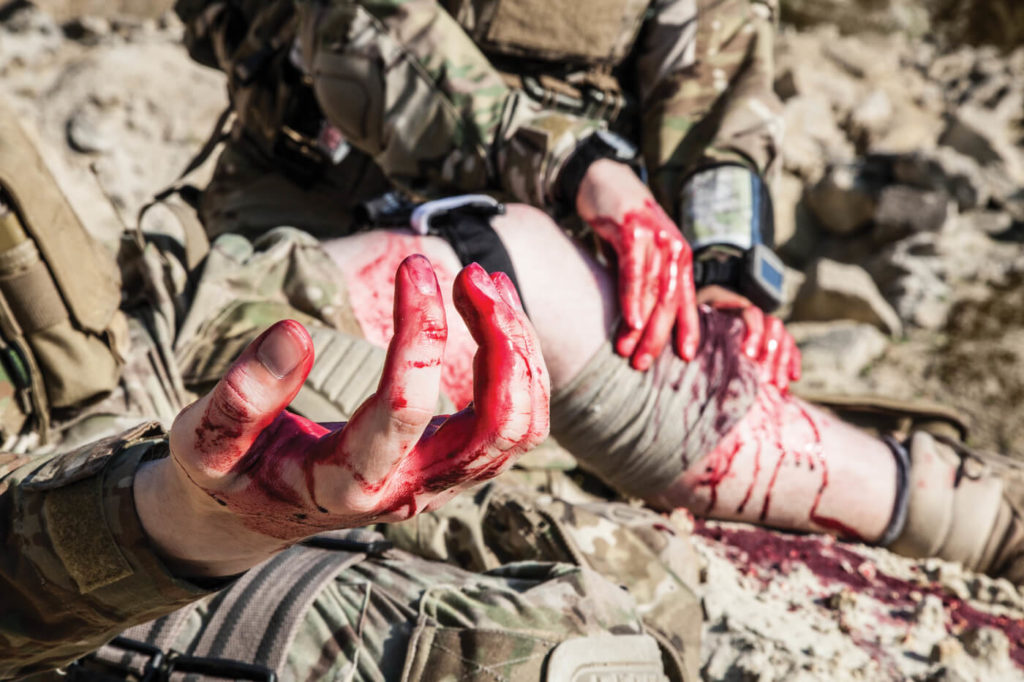
Fracturing your noggin is not life-threatening unless it’s associated with an underlying brain injury or severe bleeding.
Brief loss of consciousness: Short-term unconsciousness, in which the victim wakes after a minute or two, and gradually regains normal mental status and physical abilities, is evidence of a concussion. A concussion does not usually produce permanent damage, although confusion or amnesia about the event, and repetitive questioning by the victim, are common.
At a minimum, you should keep the victim under close observation for at least 24 hours and not allow them to perform potentially hazardous activities. Normal sleep should be interrupted every three to four hours to ensure the victim’s condition has not deteriorated and that they can be easily roused. If the victim becomes increasingly lethargic, confused, combative, or if they develop any other signs that seem abnormal, your only option without an intact EMS is to maintain and support essential life functions, such as airway and breathing.
No loss of consciousness: If an individual hits their head but never loses consciousness, it’s rarely serious. Although they might have a mild headache or a concussion, bleed from a scalp wound, or a have a large bump on their head, there is no cause for concern—unless they develop one or more of the following:
- A headache that progressively worsens
- Consciousness gradually deteriorates from alertness to drowsiness or disorientation. Ask the victim if they know their name, location, the date and what happened.
- Persistent or projectile (shoots out under pressure) vomiting
- One pupil becomes significantly larger than the other
- Bleeding from an ear or the nose without direct injury to those areas, or a clear, watery fluid draining from the nose
- Bruising behind the ears or around the eyes when there is no direct injury to those areas
- Seizures
SKULL FRACTURES
A skull fracture is not life-threatening unless associated with underlying brain injury or severe bleeding. Signs of a skull fracture include a sensation that the skull is uneven when touching the scalp, blood or clear fluid draining from the ears or nose without direct trauma to those areas, and black-and-blue discoloration around the eyes (raccoon eyes) or behind the ears.
SCALP WOUNDS
Scalp wounds are common after head injuries and tend to bleed a lot because of the scalp’s rich blood supply. Fortunately, applying direct pressure to the wound with a gloved hand can usually stop the bleeding. It might be necessary to hold pressure for up to 30 minutes.
Using a 60 to 100cc irrigation syringe, flush the area aggressively with a diluted solution of Betadine or sterilized saline solution. If you don’t have commercial sterile solutions, studies show that clean drinking water can keep a wound clean in an austere environment. Cover with a dry, sterile gauze dressing and secure with a bandage wrap. Replace the dressing at least daily; more often if possible.
3. Severe Cuts and Puncture Wounds
In technical terms, deep wounds are those that cut deeper than a quarter of an inch beneath the surface of the skin. Because they go so far below the surface of the body, these wounds are much more likely to cause damage to a ligament, major blood vessel or artery, tendon, or an organ. The depth can also cause both internal and external bleeding. Deep wounds are most commonly cuts or puncture wounds. Before dealing with a wound, protect yourself and the victim from blood-borne illness by putting on a set of nitrile gloves. Alternatively, you can improvise with plastic bags, a towel, etc.
How to Treat
Direct pressure: Press on the injury with your hand and elevate above the heart. If this stops the bleeding but it starts again when you release pressure, make a pressure dressing and apply direct pressure to a pressure point.
Upper arm/elbow wounds: Access the brachial artery, which is located on the inner side of the arm above the elbow bone between the large upper-arm muscles
Groin/thigh wounds: Find the femoral artery in the middle of the bottom crease of the groin, between the groin and the upper thigh. This is also known as the “bikini line.” This artery may require substantial pressure; press down with the entire heel of your hand to reduce circulation.
Lower leg wounds: Press the back of the knee directly behind the kneecap to access the popliteal artery. Do not bend or move the leg to put it in a more convenient location. Reach around to the back of the leg and press up.
Hand/feet wounds: On the inside of the wrist, move away from the thumb toward the tip of the forearm. For foot wounds, trace above the front/top of the foot right where it meets the shin. In both cases, do not forget to feel for a pulse before applying pressure. If neither of these things works, apply a tourniquet. Tighten it until the bleeding stops.
Editor’s Note: A version of this article first appeared in the Winter 2016 print issue of Tread Magazine.

